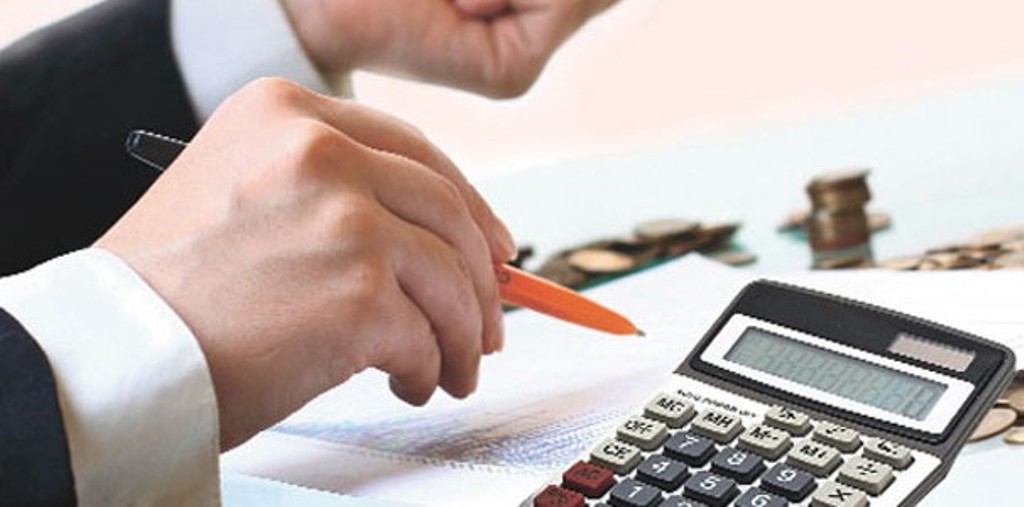
The foreign debt that Albania has inherited from the past, but also the amount of loans that it takes out on a regular basis, increases from one year to another, making its payment more difficult for governments that come and go. This phenomenon is confirmed by the Bank of Albania, according to which, in the first half of the year, debt has seen an increase of 23 million euros. Although, it must be said that during the second quarter of the year, foreign debt marked a significant drop of about 129 million euros.
According to experts, this decline was due to the increase of domestic public debt (money that the government secured through domestic sources, by borrowing from the public through bond auctions), but at the same time, it also had to do with the pre-election period in the country, which was associated with a temporary suspension of borrowing contracts with other countries. However, even these factors have not been able to enable a decrease of Albania’s foreign debt from one year to another, taking its total figure at the end of June 2017 to 8.85 billion euros. Meanwhile, it’s the government that borrows the largest part, while banks and companies are responsible for a smaller part of this debt.
“The government is responsible for the largest stock of gross foreign debt”, the Bank of Albania says, further stating that within a year, the amount of foreign loan taken out by the government has gone up by 2% and at the end of June 2017, it amounted to 3.391 million euros. “The government debt consists of the loans taken out after 1990 and the rescheduled ones which continue to be negotiable between the sides”, the Bank of Albania explains. Meanwhile, foreign loans taken out by banks this year amounted to around 1.356 million euros, registering an increase of around 5% or 59 million euros compared to a year ago.
MATURITY
Around 77% of Albania’s foreign debt to other countries is long term debt. In other words, payment of the debt to creditors is not urgent. However, the difficult relates to the interest accrued throughout the years on the initial amount that was borrowed. These sorts of loans have been taken out by the government. “In around 77% of the volume, long-term debt is mainly in the form of loans that the government owes. Meanwhile, short term debt is mainly owed by banks”, the Bank of Albania explains about this.
The government has taken out around half of foreign loans
The Albanian government seems to have incurred most of foreign debt. This is stated by the Bank of Albania, according to which, the government has incurred around 43% of the total debt. “17% of foreign debt is spread out among banks; 17% among other sectors; 1% was incurred by the monetary authority and 22% is spread out among companies which are in direct investment relations”, bank experts say. Meanwhile, experts argue among others that the accumulation of this indicator continues to be concentrated in the form of “investments” which make up for 70% of its stock. “Meanwhile, ‘direct investments’ expressed in the form of loans between companies and ‘portfolio investments’ make up for 30% of the total of foreign debt”, they add.
Payment of debt is in decline
While Albania’s foreign debt is growing, it seems that this is not the case with its payments to lending countries. According to official data, payments are in decline. “Payments of the loan amount and payment of the interest rate for all sectors of the economy during the second half of 2017, amounted to 114.9 million euros and they have registered a decline compared to the previous period”, the Bank of Albania explains. This institution also explains that the government paid around 77.1 million euros, other sectors paid around 23.9 million euros, banking system paid 13.1 million euros while 0,8 million euros were paid by the Monetary Authority. “Out of the total amount that was spent for the payment of debt during the first half of this year, around 88% went toward the loan amount and 12% went for the payment of interests. The government has made the biggest payment going toward the loan amount in the second quarter of 2017 with around 67 million euros or 66% of the total value. The government has also paid the biggest amount of interest with 11 million or 74% of the total amount of the interests paid by the economy”, the special report of the central bank on the performance of foreign debt through the years says.




